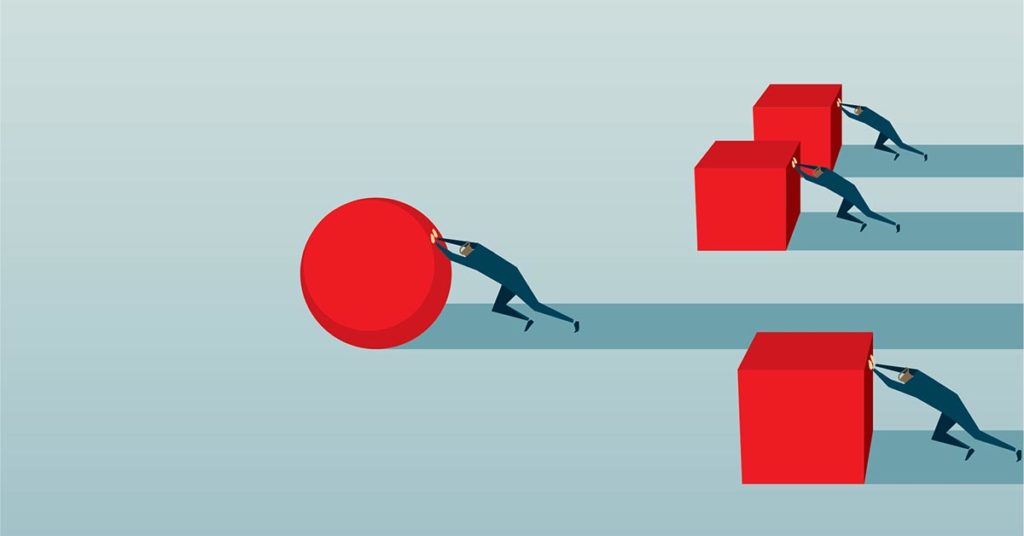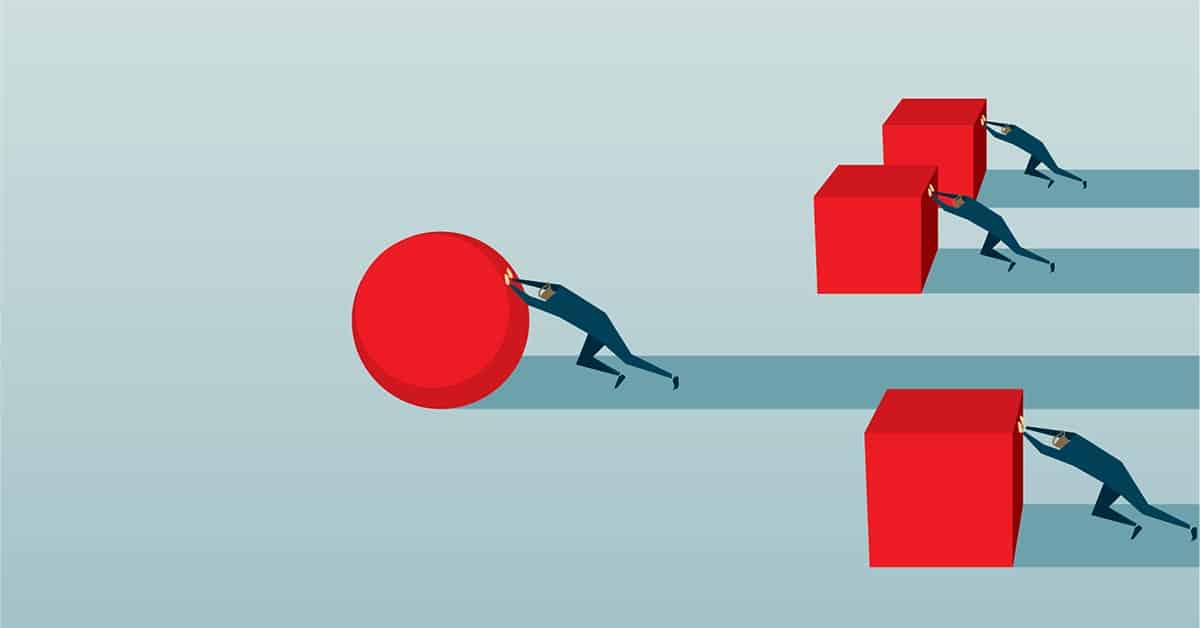
Because of COVID-19, entire segments of the advertising landscape have evaporated in the space of a few weeks. There’s no economic situation in living memory exactly like what marketers are experiencing right now. And the changes are manifesting in three specific ways:
Where we advertise is changing
If your city or state is sheltering in place, there’s less incentive to advertise during drive time on local radio stations. Most people aren’t commuting. Same goes for outdoor and OOH advertising — the audience literally isn’t there.
While more people are glued to their television, some of the most popular content is gone, too. Every major sporting event, including this summer’s Olympics, is on hold. Live shows like the Tony Awards are being postponed, and several TV series are on hiatus until production can safely resume.
So what are people watching? Media consumption typically skyrockets when a crisis forces people indoors, whether that’s via live TV, streaming, mobile or other channels, Nielsen has found. The news is attracting larger audiences, but most advertisers don’t want to position their campaigns adjacent to reporting on COVID-19.
Who is advertising is changing
Entire segments of the economy are shuttering their campaigns because, for movie theaters and many retailers and restaurants, they literally cannot open their doors for business. Even those who can continue advertising are going to be extremely sensitive to the messages they’re sending. They don’t want to run the risk of being seen as tone deaf to the current crisis.
What is being advertised is changing
The coronavirus has also disrupted significant parts of the world’s supply chain, making it harder for many brands to get their product on store shelves or shipped to customers. Amazon, for example, is refocusing on high-demand items like household staples and medical supplies, while blocking shipments of other goods to its warehouses. And if an economic downturn takes hold, we may see a shift in consumer demand and what brands will promote.
With so much of the world unsettled, how can marketers move forward and make effective decisions about marketing strategy?
Look at what the data is saying
A lot of what we take for granted in advertising and marketing might not feel so solid right now. The landscape changes every day, sometimes in small shifts, sometimes seismically. That’s why data is more important than ever, especially data that’s updated and visualized daily. End-of-month reporting will be too late, and historical data might not be meaningful in changing circumstances.
When everything else feels unclear, look at what the data is showing you about what’s really happening. It may tell you a different — and more accurate — story than what the rest of the world does.
Update how you approach insights and reporting
Because so much of what we usually do and know has changed, your team’s focus has probably changed, too. You may be adjusting your spend and messaging and how you use certain channels. Analytics can show you if those shifts are succeeding or backfiring. (Especially when it comes to messaging — even well-intentioned creative runs the risk of backlash. Sentiment-based data, like what’s available through Twitter Enterprise, can help you understand how your brand is being perceived.)
In some cases, your team may not even know what they need to know, so it’s crucial to ask questions, listen closely and be responsive.
Keep your eyes on where you’re headed
You’ve probably seen those “Keep Calm and Carry On” posters from World War II. In fact, if you’ve been on social media at any point in the last decade, it’d be weird if you haven’t seen that message.
But the underlying idea — to focus on the work and avoid getting too upset by everything going on in the world? That’s really good advice. Concentrate on what you can control. Be the reassuring, reliable adviser that you’ve always been. Keep using data to build an accurate picture of your sales and marketing performance, so you can avoid the dangers and uncover the opportunities that still exist. Because opportunity is still out there.
I don’t want to make it sound like it’s easy. As someone who started a business during the 2008 economic crisis, I know it’s not.
But, the same way that marketers before us have survived wars, recessions, natural disasters and other catastrophes, we’re going to get through this.
Take the Next Step
Alight Analytics is offering 90 days of analytics free to new clients now through May 31, 2020. Get the data you need to align and optimize your marketing and sales efforts. Schedule a consultation with Alight Analytics today.
